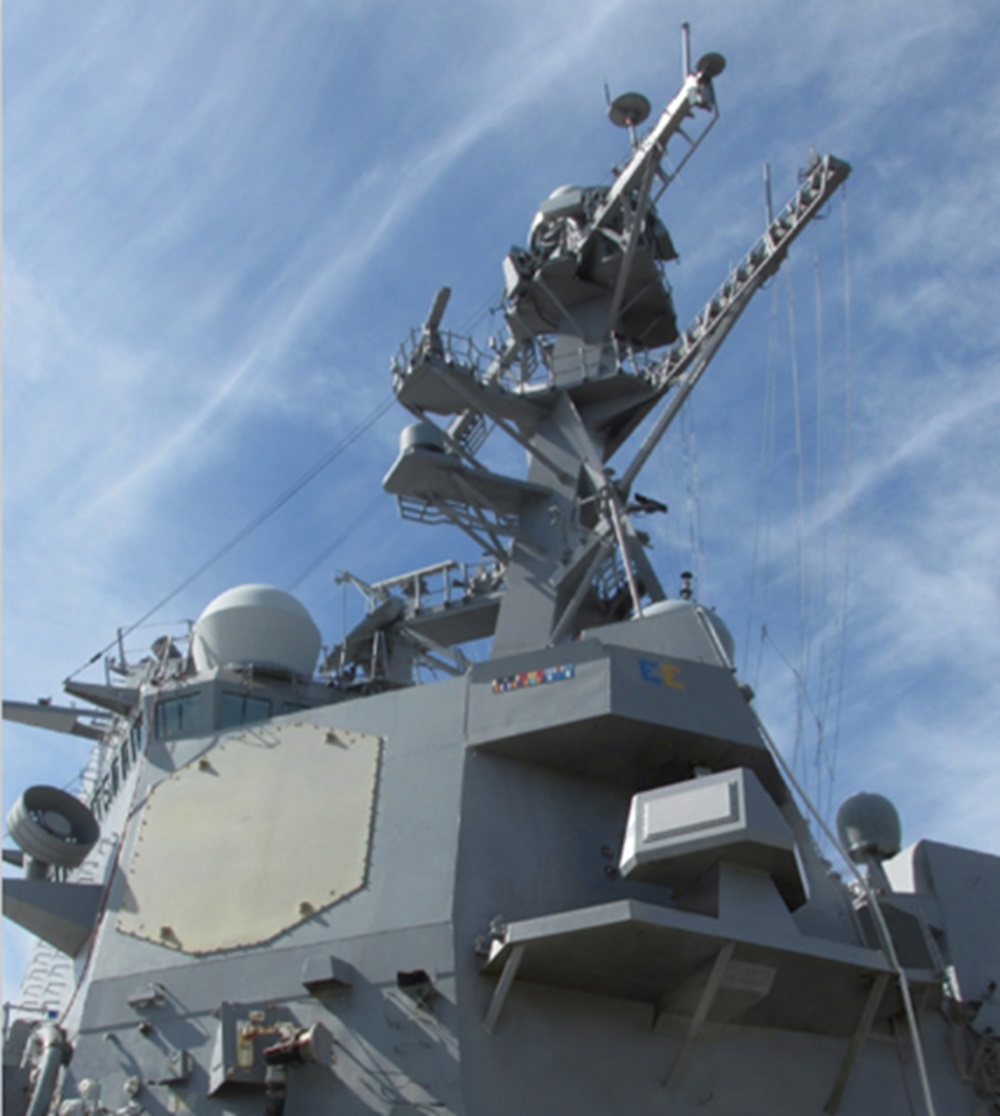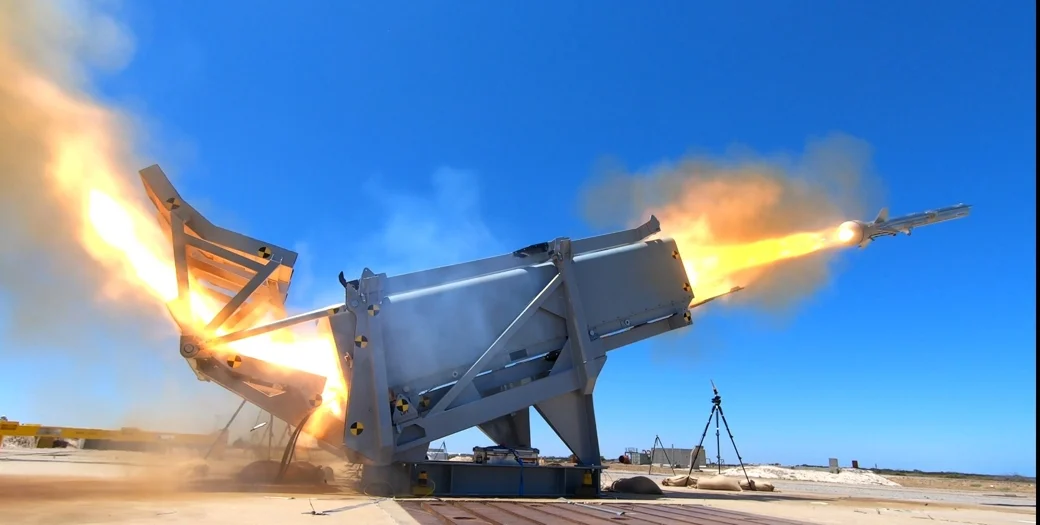Lockheed Martin Secures $113 Million Contract for Electronic Warfare Systems in US and Japan
Lockheed Martin has been awarded a $113 million modified contract by the US Naval Sea Systems Command for the full-rate production of the Surface Electronic Warfare Improvement Program (SEWIP). This contract includes a foreign military sale that will see Japan acquire advanced electronic warfare systems used by the US Navy.
The deal marks a significant milestone as Japan becomes the first international partner to receive the SEWIP Block 2 systems—the AN/SLQ-32(V)6 and AN/SLQ-32C(V)6—enhancing its defense capabilities and interoperability with US forces. Lockheed Martin’s vice president of Spectrum Convergence, Deon Viergutz, emphasized the importance of this first purchase in Japan, stating it will bolster a global network of electronic surveillance, helping US and allied forces to stay ahead of emerging threats.
Work on the systems will be conducted in Liverpool, New York, and Lansdale, Pennsylvania, with an anticipated completion date set for October 2026.
The SEWIP program, initiated by the US Navy in 2002, serves to modernize the AN/SLQ-32 electronic warfare suite installed on naval vessels. Each block upgrade enhances the system’s ability to protect surface ships from various threats—including anti-ship missiles and radar jamming—by providing vital threat detection, analysis, and warnings.
Currently, there are three upgrades completed, with a fourth under development aimed at introducing advanced electro-optic and infrared capabilities. The SEWIP Block 1 upgrade, produced by General Dynamics, focused on electronic surveillance improvements, while the Block 2 enhancements from Lockheed Martin have upgraded the Electronic Support antenna and receiver, among others. Northrop Grumman has also delivered the Block 3 upgrade, which adds a non-kinetic electronic attack capability to neutralize threats.
As defense forces across the globe seek to enhance their technological edge in electronic warfare, this partnership between the US and Japan reflects a growing commitment to collaborative security measures in the face of contemporary threats.


















